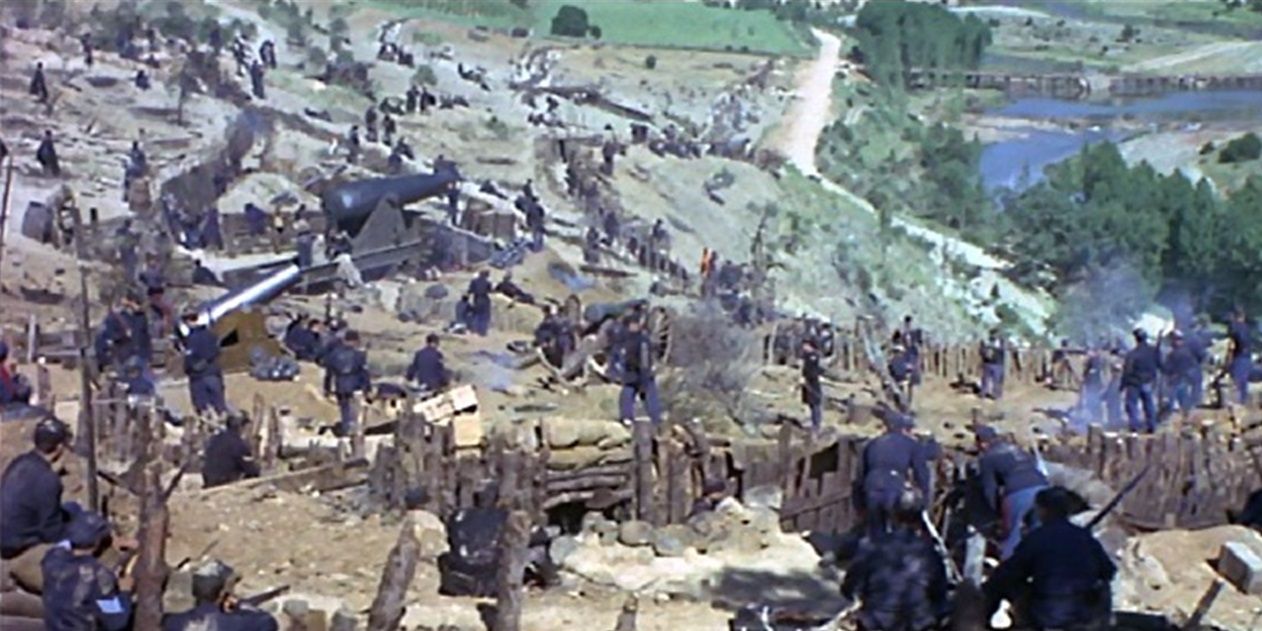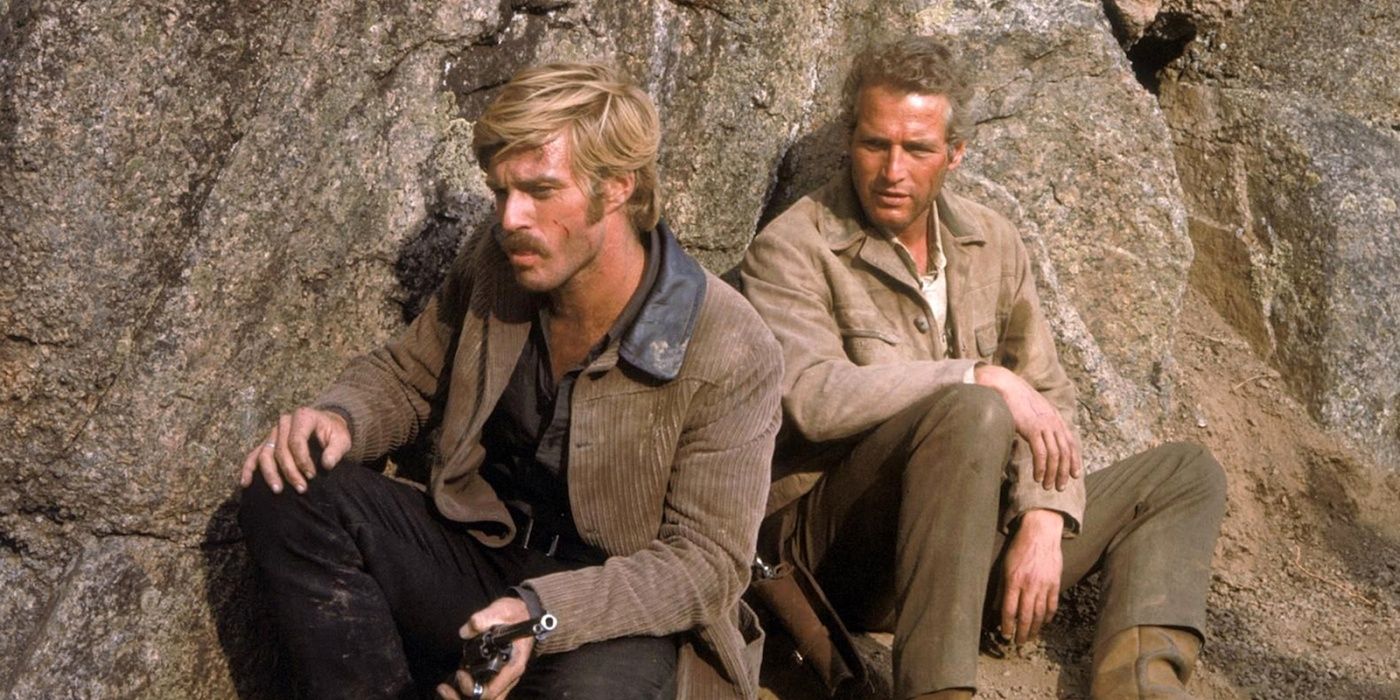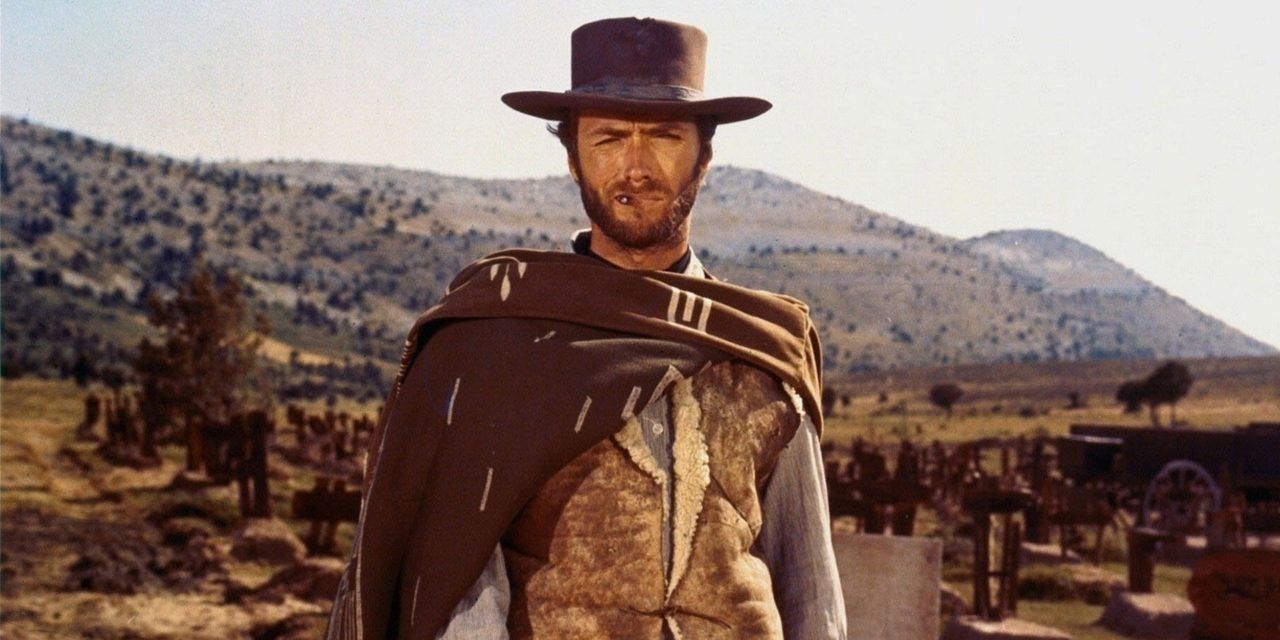Although its heyday ended a long time ago, the Western genre is responsible for some of cinema’s greatest works. Sergio Leone’s The Good, the Bad, and the Ugly is the genre’s peak, deconstructing the Western while providing a perfect example of one.
While The Good, the Bad, and the Ugly is arguably the finest Western out there, there are plenty of other strong candidates for its title. There are some really great Westerns, so here are a few honorable mentions that didn’t quite make the cut, but are masterpieces of the genre: High Noon, Stagecoach, Rio Bravo, The Wild Bunch, and The Magnificent Seven.
10 The Good, The Bad, And The Ugly Is The Best: Ennio Morricone’s Score Is One Of The Greatest Ever Composed

The great Ennio Morricone passed away recently, leaving a gaping hole in the world of film music. His score for The Good, the Bad, and the Ugly is one of the greatest ever composed.
From the main title to “The Ecstasy of Gold,” Morricone’s score is filled with glorious, instantly recognizable tracks that soak up Leone’s gorgeous cinematography. Even people who haven’t seen the movie know its score.
9 Closest Contender: Shane

Some of the best Westerns are character studies. In Shane, Alan Ladd plays a weary old gunslinger at the end of his road who reluctantly springs back into action to resolve one last conflict.
This movie gets everything right: the performances, the cinematography, the editing. From Pale Rider to Logan, the influence of Shane can be seen all over cinema.
8 The Good, The Bad, And The Ugly Is The Best: It Doesn’t Shy Away From The Brutality Of History

One of the most common criticisms levied at the Western — particularly classical Westerns — is that the genre generally ignores the brutality of its historical context. Cowboys are blindly depicted to be heroes, while Native Americans are blindly depicted as villains.
Some old Westerns even glamorize the Confederacy. But The Good, the Bad, and the Ugly, as its title would suggest, doesn’t shy away from the brutality of history. It depicts all sides of the Civil War, warts and all.
7 Closest Contender: Unforgiven

One of the reasons why the Western genre died out is that audiences finally realized that the fantasies of the Old West that they were being sold by Hollywood were just that: fantasies. Clint Eastwood gave the genre the ideal send-off with Unforgiven, the quintessential revisionist Western.
Eastwood declared the film to be his final Western, and if it had been the final Western, it would’ve made a perfect swansong for the genre.
6 The Good, The Bad, And The Ugly Is The Best: It’s A Satire Of Westerns

The tropes and conventions of the Western genre have been done to death. They’re so familiar now that any Western that plays it straight is going to fall flat.
Sergio Leone has said that, like all of his Westerns, The Good, the Bad, and the Ugly is a satirical critique on the genre. This went over a lot of audiences’ heads in 1966, but the satire only gets better with age.
5 Closest Contender: Once Upon A Time In The West

Sergio Leone gave himself a run for his money two years after releasing The Good, the Bad, and the Ugly with Once Upon a Time in the West, a masterclass in visual storytelling. Again, this movie finds Leone at the height of his powers.
Vince Gilligan reportedly showed the opening minutes of Once Upon a Time in the West to newcomer directors before working on episodes of Breaking Bad to give them an idea of the cinematic energy the show was going for.
4 The Good, The Bad, And The Ugly Is The Best: The Finale Is Breathtaking

As with most Westerns, The Good, the Bad, and the Ugly culminates in a standoff. But it’s not between a traditional clear-cut hero and villain. It’s between the titular trio: the Man with No Name (“the good”), Angel Eyes (“the bad”), and Tuco (“the ugly”).
Set to Morricone’s impeccable score, Leone cuts between closer and closer shots of the trio. This finale is a breathtakingly cinematic sequence, making the three-hour build-up more than worth it.
3 Closest Contender: Butch Cassidy And The Sundance Kid

When William Goldman was first shopping his perfect screenplay for Butch Cassidy and the Sundance Kid around town, no one was interested, because the titular duo fled to South America with a posse on their tail and traditional Western heroes don’t flee.
But Butch and Sundance aren’t traditional Western heroes; that’s the whole point. This offbeat gem is an anti-Western. It also has a great sense of humor, and its heroes are brought to life spectacularly by Paul Newman and Robert Redford in their first on-screen pairing.
2 The Good, The Bad, And The Ugly Is The Best: The Man With No Name Is The Quintessential Western Antihero

The Western genre is the perfect narrative framework for antiheroes. While early Western protagonists played by the likes of John Wayne were rewarded for shooting bad guys and the conflicts were very black-and-white — sometimes literally in black-and-white — the most interesting Westerns explore the moral gray areas found on the American frontier.
The Man with No Name, played by Clint Eastwood throughout Sergio Leone’s Dollars trilogy (culminating in The Good, the Bad, and the Ugly), is the quintessential Western antihero. He’s a Western adaptation of Sanjuro, Kurosawa’s wandering rōnin from Yojimbo.
1 Closest Contender: The Searchers

After years of playing heroes who were unanimously worshipped and rewarded for bloodshed, John Wayne transitioned into playing more morally ambiguous antiheroes on the back end of his career. True Grit is a prime example of this era, but John Ford’s The Searchers is its epitome.
Wayne plays Ethan Edwards, a grizzled ex-Confederate with a prejudice against Native Americans who embarks on a years-long quest to find his eight-year-old niece, who was kidnapped by Comanches. The Searchers begins and ends with two of the most iconic shots in the history of cinema, and everything in between is just as breathtaking.
from ScreenRant - Feed https://ift.tt/305hdhV


0 Comments